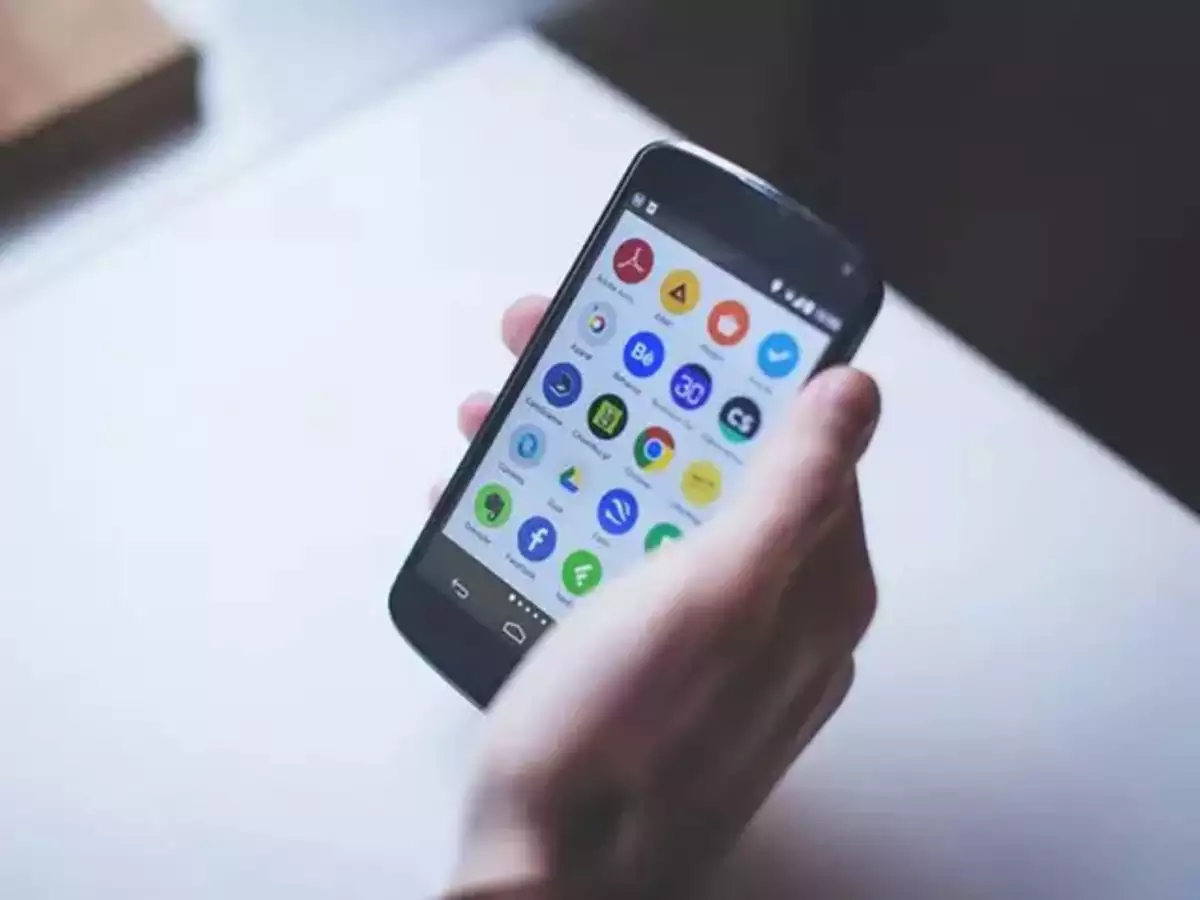Mobile phones have become an integral part of our daily lives, offering countless benefits and conveniences. However, with the increasing use of smartphones, particularly by children and teenagers, come certain challenges for parents. It’s essential to strike a balance between granting your child independence and ensuring their safety in the digital world. Parental controls on mobile phones provide a solution to this challenge by enabling parents to supervise and manage their child’s digital activities. In this blog post, we will explore how to set up parental controls on a mobile phone in the UK, helping parents ensure their child’s online safety and responsible device use.
- The Importance of Parental Controls
Parental controls are tools or features that allow parents to manage and monitor their child’s activities on mobile phones and other devices. Here are several reasons why parental controls are crucial for parents:
a. Online Safety: Parental controls help protect children from inappropriate content, online predators, and cyberbullying.
b. Screen Time Management: Excessive screen time can have negative effects on a child’s physical and mental health. Parental controls allow parents to set screen time limits.
c. Responsible Device Use: These controls help teach children responsible digital behavior and protect them from harmful online experiences.
d. Peace of Mind: Parental controls provide parents with peace of mind, knowing that they have taken steps to ensure their child’s safety in the digital world.
- Setting Up Parental Controls on Mobile Phones
Setting up parental controls on a mobile phone is relatively straightforward and can vary depending on the type of phone and operating system. Below, we will walk you through the process for both Android and iOS devices.
Setting Up Parental Controls on Android:
Android offers robust parental control features that allow you to manage your child’s device effectively. Follow these steps to set up parental controls on an Android device:
a. Create a Google Account for Your Child:
- Start by creating a Google account for your child if they don’t already have one. You can do this by opening the “Family Link for Parents” app.
b. Install Family Link:
- Download and install the “Family Link for Parents” app from the Google Play Store on your device.
c. Set Up Parental Controls:
- Open the “Family Link for Parents” app and follow the on-screen instructions to set up parental controls. You can manage screen time, app usage, and web filtering.
d. Link Your Child’s Device:
- To manage your child’s device, link their device to your account through the Family Link app. Follow the prompts to complete the setup.
e. Customize Settings:
- Customize the parental control settings to fit your child’s age and needs. You can set daily usage limits, establish bedtime restrictions, and block specific apps.
Setting Up Parental Controls on iOS:
Apple’s iOS also offers effective parental control features that provide you with the tools to manage your child’s device. Here’s how to set up parental controls on an iOS device:
a. Enable Screen Time:
- Access the “Settings” app on your child’s iOS device and tap “Screen Time.” Turn on Screen Time by selecting “Turn On Screen Time.”
b. Set Up Downtime:
- Under Screen Time, tap “Downtime” and set a schedule for when your child’s device can be used. Downtime restricts access to apps and features during specified hours.
c. App Limits:
- To manage app usage, select “App Limits” under Screen Time. You can set daily limits for specific app categories or individual apps.
d. Content & Privacy Restrictions:
- To filter web content and control app downloads, go to “Settings” > “Screen Time” > “Content & Privacy Restrictions.” Enable this feature and customize the settings.
e. Communication Limits:
- Under Screen Time, you can set communication limits to control who your child can communicate with. This is useful for limiting contacts during certain times.
f. Family Sharing:
- Utilize Family Sharing to connect your child’s Apple ID to your family group. This allows you to share purchases, set up Ask to Buy, and use location sharing features.
- Third-Party Parental Control Apps
In addition to the built-in parental control features of Android and iOS, you can also consider third-party parental control apps. These apps offer additional features and often provide more comprehensive control over your child’s device. Here are some popular third-party parental control apps for mobile phones:
a. mSpy: mSpy is a comprehensive parental control app that offers real-time location tracking, call and text message monitoring, and social media activity tracking. It’s compatible with both Android and iOS devices.
b. Norton Family: Norton Family provides web supervision, screen time management, and app usage reporting. It also includes location tracking features. This app is available for Android and iOS.
c. Qustodio: Qustodio offers a range of parental control features, including screen time management, app blocking, and web filtering. It supports Android, iOS, Windows, and Mac devices.
d. FamiSafe: FamiSafe provides real-time location tracking, app usage monitoring, and geofencing features. It’s available for both Android and iOS devices.
e. FamilyTime: FamilyTime offers location tracking, app blocking, and screen time management. It also includes driving safety features. The app is compatible with Android and iOS.
f. Net Nanny: Net Nanny is known for its web filtering and content blocking features. It offers additional parental controls, including real-time location tracking and profanity masking. The app supports Android, iOS, Windows, and Mac.
- Considerations When Using Parental Controls
When using parental controls, it’s essential to strike a balance between protecting your child and respecting their privacy. Here are some considerations to keep in mind:
a. Open Communication: Discuss the use of parental controls with your child. Explain the reasons behind them and involve your child in the decision-making process when setting restrictions.
b. Age-Appropriate Settings: Adjust parental control settings as your child grows and demonstrates responsible digital behavior. Gradually grant them more independence and responsibility.
c. Respect Privacy: While it’s important to ensure your child’s safety, respect their privacy as they mature. Avoid using parental controls as a tool for excessive control or invasion of privacy.
d. Regular Check-Ins: Continually communicate with your child about their online experiences. Ask about any concerns or issues they may have encountered.
e. Educate About Responsible Use: Use parental controls as an opportunity to educate your child about responsible device use, online safety, and ethical digital behavior.
f. Lead by Example: Be a role model for responsible device use and online behavior. Children often emulate their parents’ actions.
- Conclusion
Setting up parental controls on a mobile phone is a proactive step for parents in the UK to ensure their child’s safety and responsible device use in the digital world. Both Android and iOS devices offer built-in parental control features, allowing you to manage and monitor your child’s activities effectively. In addition to these built-in features, you can explore third-party parental control apps that offer additional functionalities and more comprehensive control.
When using parental controls, it’s essential to maintain open communication with your child, respect their privacy, and strike a balance between protecting them and granting them independence. By following these guidelines, you can help your child navigate the digital landscape securely and responsibly while fostering a trusting parent-child relationship.




